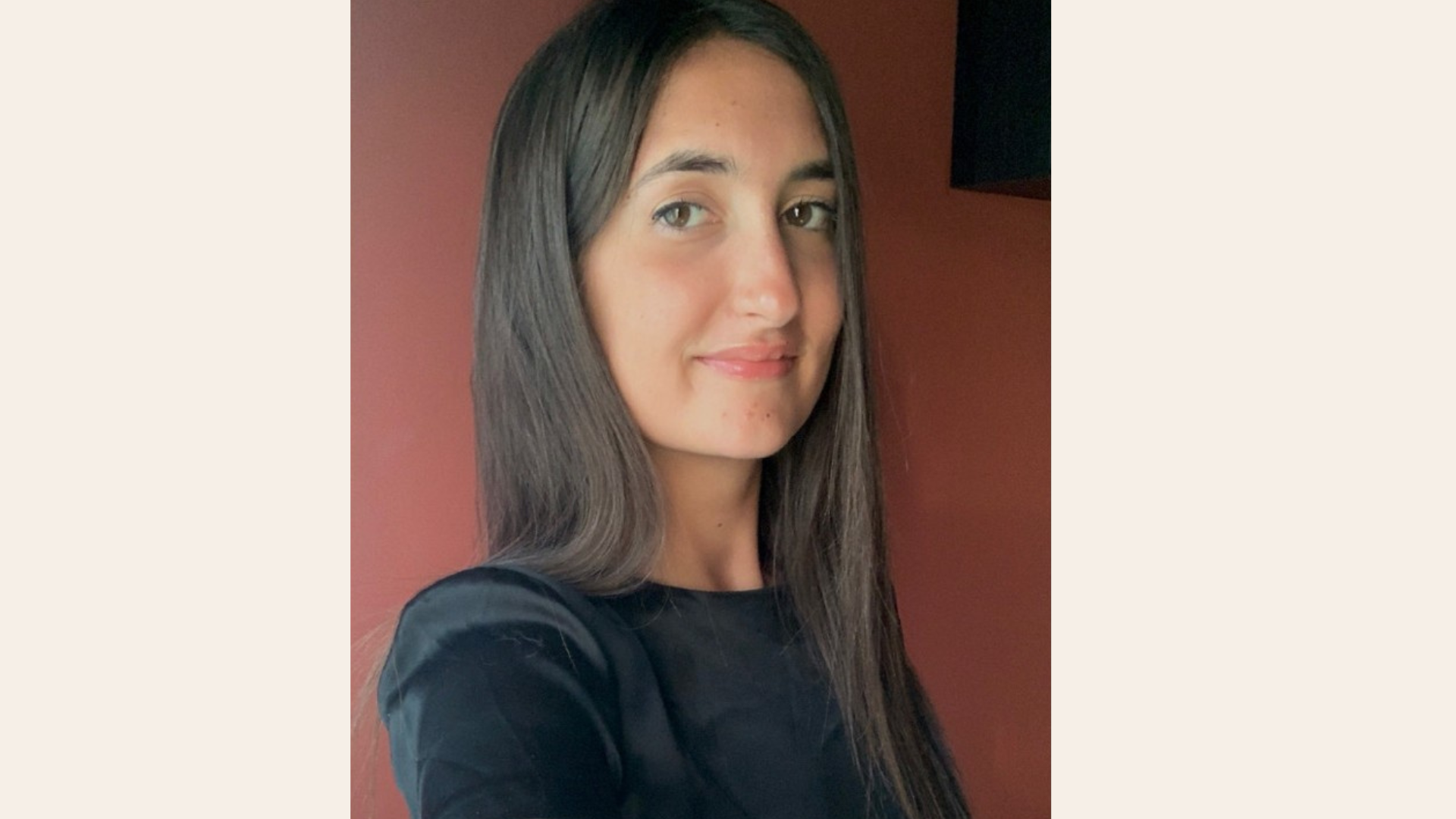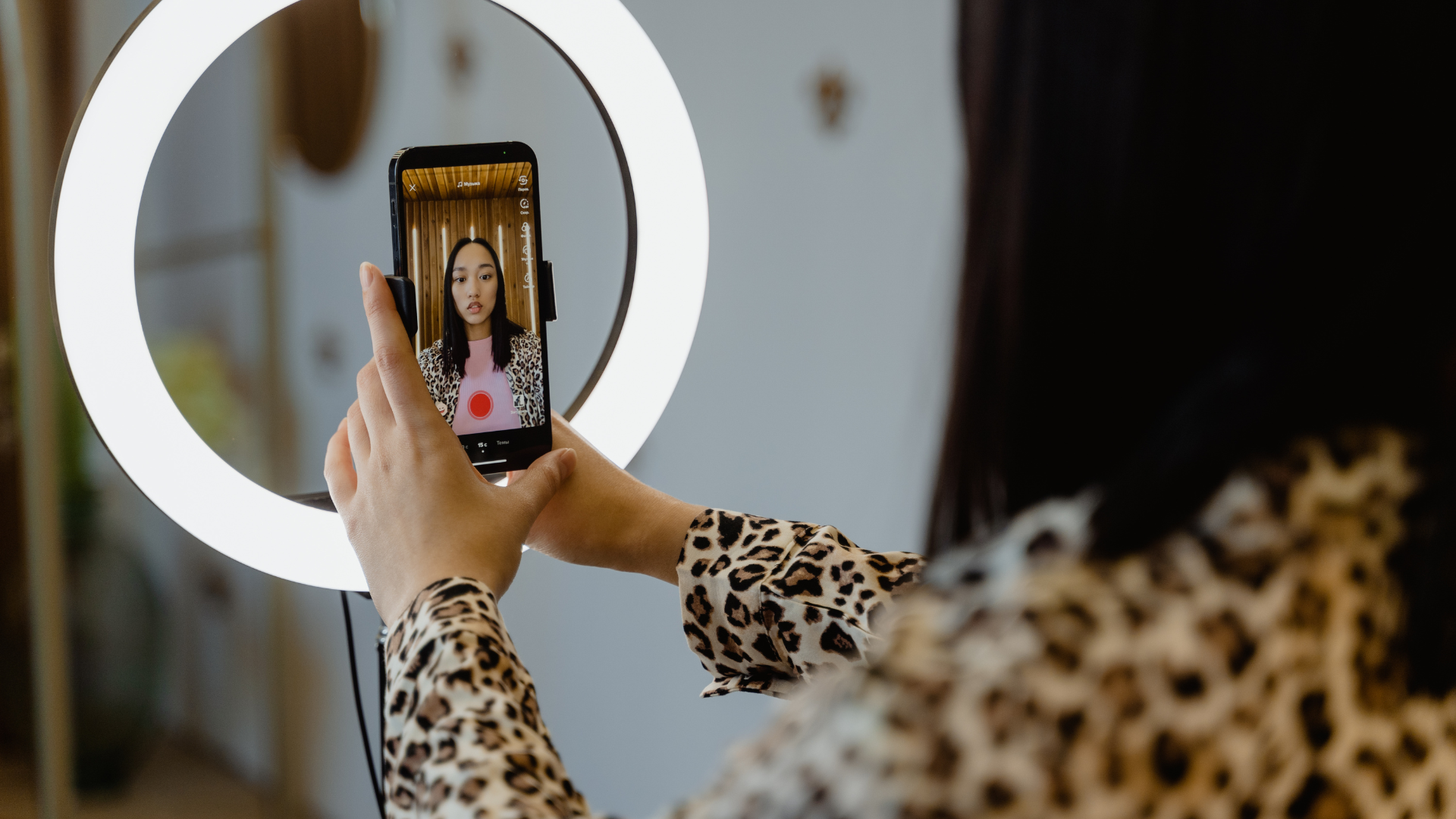Get ready with me', 'Mourning Routine' or 'Get unready with me'... If you are a regular on TikTok you have surely consumed these types of videos. Beauty and cosmetics content creators make up a large percentage of the social network's user community and are the perfect actors to viralise certain products that even sell out.
The hashtag #grwm (get ready with me) has accumulated more than 156.8 billion views on TikTok and in it, we can see, from beautyexperts, to a normal person, showing how they take care of their skin and what products they use to do so. What you might not have expected as you scrolled through your feed was to see children as young as 11 or 12 performing exhaustive, never-ending skincare routines.
More than 60% of adolescent girls and more than 50% of adolescent boys feel dissatisfied with their physique.
The Agència de Salut Pública del Consorci Sanitari de Barcelona carries out a survey to study the behaviour of ESO and Baccalaureate students to find out the state of their mental health and what factors tend to 'jeopardise' their emotional stability. In the last report, which dates from 2021, this study revealed that more than half of teenagers in the province of Barcelona are self-conscious about their physique. The study found that 53% of girls and 39% of boys had felt discriminated against at some point in their adolescence because of their body image. Furthermore, FRESCOC (as the survey is called) indicated that 63% of girls felt dissatisfied with their physique, and in the case of boys, 55%. These alarming figures give us a fleeting idea of the aesthetic pressure to which pre-adolescents and adolescents are subjected.
In recent months, a case of a child sharing his facial care routine has gone viral. For starters, it consists of a total of up to 12 products. But... If a child has apparently problem-free skin, what needs to be covered by his skincare routine? As Lena de Pons, a pharmacist specialising in dermo-pharmacy, who also creates and disseminates content on Tiktok, where she has more than 230,000 followers, points out, if they have no other pathology, all they need to do is use a few products to maintain optimal levels of cleansing and moisturising of their skin and sun protection. She has also seen this type of video, and confesses that it is worrying, not only for the child's mental health, but also for their physical health: "From my position I have always encouraged parents to educate their children in skin care, just as you teach them to take care of their teeth, to have good oral health, you have to do the same with their skin. They have to teach them that there are some basics: cleansing, moisturising and photoprotection", explains Lena de Pons to Next in Beauty. This point of view also coincides with what psychologist Laura Estrada tells us: "children must learn to take care of themselves, in an integrated way, respect their body and accept their differences", says the psychologist, who explains that, at an increasingly younger age, children grow up with an unreal aesthetic ideal, with the perfection of smooth skin, without imperfections, with the belief that the way to achieve it is the almost compulsive consumption of creams, formulas and lotions.
Regarding the multitude of creams and products that Laura Estrada describes, Lena de Pons shares the same point of view, describing these types of routines as 'pharaonic'. "They are absolutely excessive routines for such young skin. In the case of these videos, I think these are children who are very influenced by what they see on TikTok. Surely the word would be 'badly influenced'. I would never recommend these pharaonic, product-heavy routines to my community," says the content creator. This 'bad influence', as Lena de Pons says, and according to Laura Estrada, brings with it an aesthetic pressure that subjects children: "we see a trend that unfortunately seems to want children to join the adult world as soon as possible, with clothes and personal care habits, and we forget that what children should do is play and that imitations of adult behaviours should remain in the symbolic terrain of play and imagination", says the psychologist.
As the dermo-pharmacy specialist explains, using so many products at the same time compromises the efficacy of each cosmetic and the effect they expect will never be reflected because it is not suitable for their skin: "it is creating a perfect breeding ground for adverse reactions", warns the pharmacist. Among these adverse effects that can result from the use of so many products in a short routine can be asphyctic skin: "it is very common in Korean girls, who take great care of their skin and use many products and although they are very good and should have porcelain skin, many have red pimples or cysts and an ashy tone, a yellowish or orange skin due to the excess of products. The skin suffocates from so much product and it is something that can happen to you. In the case of children who use anti-ageing products, which promote cell renewal, which they don't need, because children's skin renews itself much more quickly than adult skin... We have very thin skin, which is much more exposed to the sun and free radicals, which renews itself excessively quickly, which over-exfoliates. We can find ourselves with dehydrated skin as it does not have a well-developed dermis", explains Lena de Pons, who adds that these effects can worsen if the child suffers from another skin disease such as psoriasis or vitiligo.
"We have to take into account that there is a part of how the message is interpreted and that is no longer up to us" Lena de Pons
"I am aware that I have been able to help many teenagers and pre-adolescents with their acne problems and that makes me happy, but we also have to take into account that there is a part of how the message is interpreted, and that is no longer up to us. That's why parents should be aware of what kind of content their children consume on social networks", explains the educator Lena de Pons. "The disinformation/unawareness of many parents, the lack of time to reconcile work and increasingly refined and "successful" marketing strategies to reach the younger population are what cause children to enter this circle," argues psychologist Laura Estrada.
"When I consult in my pharmacy, some girls who are 'advanced students' in cosmetics come to me because they are regulars in my profile, they take notice when I recommend certain products for some pathologies that are far removed from what happens to them, and then, I think, if it happens to them, how can it not happen to a child?" says the content disseminator and pharmacist.
Both Laura Estrada, from the point of view of psychology, and Lena de Pons, taking into account the role of influence in networks, encourage parents to listen to their children and to pay attention to these behaviours and to detect when a good habit stops being a good habit and becomes a bad habit and even something else that can lead to more serious problems. The psychologist warns of the importance of being able to act through prevention, and this involves educating by example and the fundamental value of listening to the concerns of children and adolescents, as well as validating them and giving them real alternatives to shed light on their worries.

